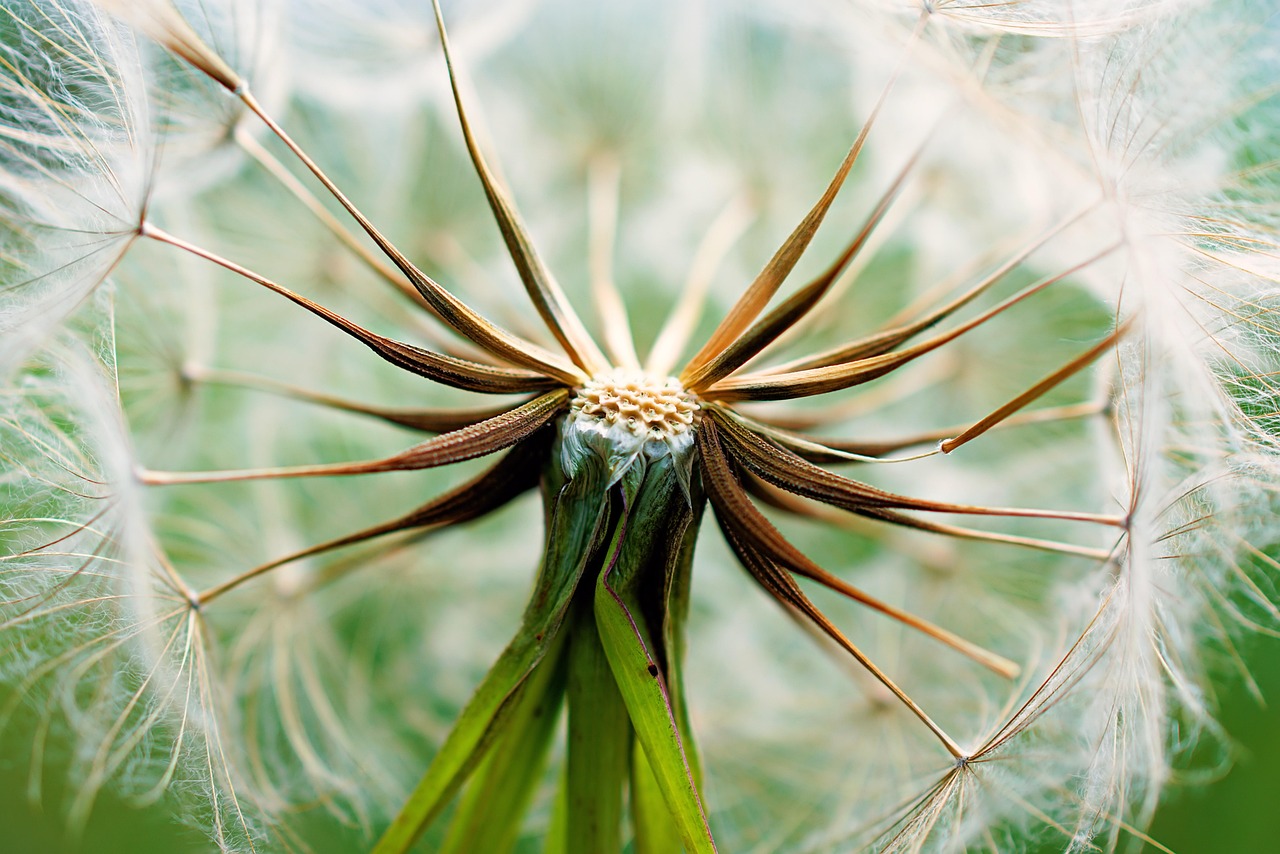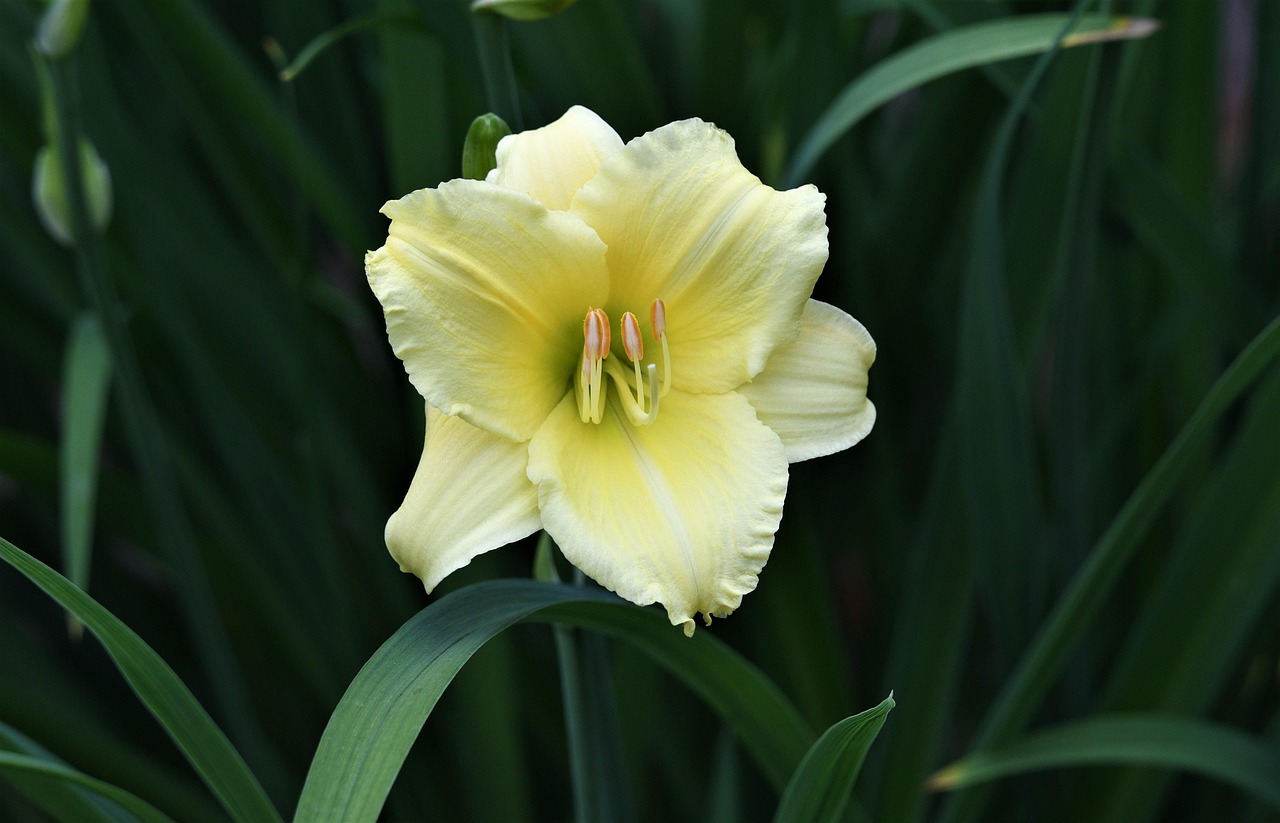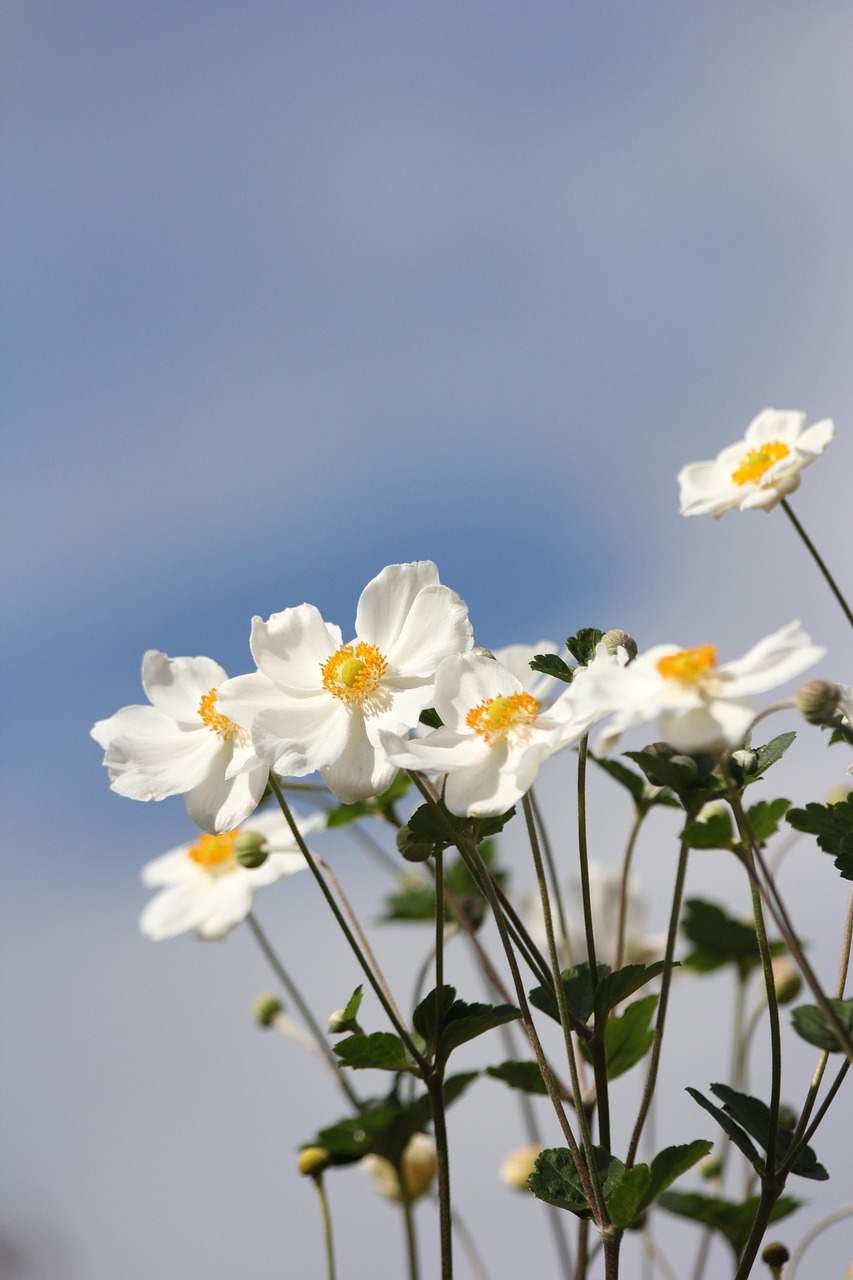Every gardener dreams of a vibrant landscape that bursts with color, even as the seasons change. Flowering shrubs are the unsung heroes of this dream, providing continuous blooms and lush foliage throughout the warmer months. These resilient plants not only enhance the aesthetic appeal of your garden but also offer essential habitats for pollinators and wildlife.
As we seek to create spaces filled with beauty and life, understanding the characteristics of flowering shrubs can significantly influence our choices. Some shrubs bloom from spring to fall, making them ideal for gardeners looking for long-lasting color. This article will explore various flowering shrubs that thrive in different climates and conditions, ensuring your garden remains a stunning spectacle all summer long.

Flowering shrubs vary widely in size, shape, and bloom time. Many of them are low-maintenance, making them perfect for both novice and experienced gardeners. The right selection can transform any garden into a vibrant retreat, offering layers of color and texture. Below is a table highlighting some popular flowering shrubs and their key features.
| Shrub Name | Bloom Time | Height | Sun Requirement |
|---|---|---|---|
| Hydrangea | Summer | 3-10 feet | Partial to full sun |
| Butterfly Bush | Summer to fall | 3-10 feet | Full sun |
| Rose of Sharon | Summer | 8-12 feet | Full sun |
| Crape Myrtle | Summer | 3-30 feet | Full sun |
| Spirea | Spring to summer | 3-4 feet | Full sun to partial shade |
Choosing the Right Flowering Shrubs
Selecting the right flowering shrub involves considering several factors. These include your local climate, soil conditions, and the overall design of your garden. Some shrubs thrive in full sunlight, while others prefer partial shade. Additionally, understanding the growth habits and potential height of shrubs can help you make informed decisions about placement in your garden.
It is also essential to consider the maintenance requirements of each shrub. While some varieties may require regular pruning and care, others can flourish with minimal attention. The ability to choose low-maintenance options allows you to enjoy your garden without being overwhelmed by upkeep.
Climate Considerations
The climate in which you live plays a crucial role in determining which flowering shrubs will thrive in your garden. Here are some general guidelines:
- Tropical Climates: Look for shrubs like Hibiscus or Bougainvillea that thrive in warm temperatures.
- Temperate Climates: Consider varieties such as Forsythia or Lilac, which perform well in moderate temperature ranges.
- Cooler Climates: Opt for hardy shrubs like Serviceberry or Ninebark that can withstand colder temperatures.
Understanding these factors can help you select flowering shrubs that not only survive but thrive in your specific environment. By choosing the right plants, you ensure a flourishing garden that provides beauty from early spring through late fall.
The journey to creating an enchanting garden filled with endless summer blooms starts with these thoughtful selections. As we delve into specific varieties in the following sections, you will discover how each shrub can contribute to a vibrant outdoor space that delights the senses all season long.
Popular Flowering Shrubs for Endless Summer Blooms
As we explore specific flowering shrubs, it is essential to highlight those that not only offer stunning blooms but also have a reputation for reliability and resilience. Below, we will discuss some of the most popular choices among gardeners seeking to maintain vibrant, colorful landscapes throughout the summer months.
Hydrangea
Hydrangeas are beloved for their large, showy blooms that can add a touch of elegance to any garden. These shrubs are available in various species, with each offering unique colors and growth habits. The flowers can be pink, blue, or white, depending on the soil’s pH levels.
Key features of hydrangeas include:
- Blooming Period: Late spring to early fall
- Height: Ranges from 3 to 10 feet, depending on the variety
- Sun Exposure: Prefer partial to full sun, but can tolerate some shade
These shrubs thrive in well-drained soil and benefit from regular watering, particularly during dry spells. Hydrangeas can be used as focal points in garden beds or as privacy hedges.
Butterfly Bush
The butterfly bush is aptly named for its ability to attract butterflies and other pollinators. This shrub produces long spikes of fragrant flowers, typically in shades of purple, pink, or white. It is a hardy plant that can adapt to various soil types.
Consider the following attributes of the butterfly bush:
- Blooming Period: Summer to fall
- Height: 3 to 10 feet
- Sun Exposure: Requires full sun for optimal growth
This shrub is relatively low-maintenance and can be pruned back in late winter to encourage new growth and more abundant blooms. Its vibrant flowers make it a perfect choice for attracting wildlife.
Crape Myrtle
Crape myrtle is another fantastic option for those looking to add color to their gardens. Known for its beautiful, crinkled petals and long-lasting blooms, this shrub can also be trained into a small tree. Crape myrtles come in a variety of colors, including pink, red, white, and purple.
Some important details about crape myrtle include:
- Blooming Period: Summer
- Height: Can range from 3 to 30 feet
- Sun Exposure: Prefers full sun
Crape myrtles are drought-tolerant once established and are excellent for urban landscapes due to their adaptability. Their stunning blooms and attractive bark make them a visual delight.
Rose of Sharon
Rose of Sharon is a versatile flowering shrub that produces large, hibiscus-like blooms in various colors. This shrub is known for its hardiness and ability to thrive in challenging conditions. It adds a tropical feel to gardens and is particularly effective as a backdrop or hedge.
Key characteristics of Rose of Sharon include:
- Blooming Period: Summer
- Height: Typically reaches 8 to 12 feet
- Sun Exposure: Requires full sun
This shrub is also quite forgiving in terms of soil quality and does not require extensive care, making it an appealing choice for busy gardeners.

Incorporating these flowering shrubs into your garden will not only ensure beautiful blooms throughout the summer but also create an inviting environment for pollinators and wildlife. As we continue, we will explore additional varieties and maintenance tips to enhance your gardening experience.
Additional Flowering Shrubs Worth Considering

While hydrangeas, butterfly bushes, crape myrtles, and rose of Sharon are excellent choices for vibrant summer blooms, there are several other flowering shrubs that deserve attention. Each variety brings unique characteristics and benefits to your garden, ensuring a continuous display of color and life.
Spirea
Spirea is a compact flowering shrub popular for its delicate clusters of small flowers. These blooms come in shades of white, pink, or red and typically appear in late spring to early summer. Spirea is known for its lush foliage and ease of care, making it an ideal choice for beginner gardeners.
Key highlights of spirea include:
- Blooming Period: Spring to summer
- Height: Generally 3 to 4 feet
- Sun Exposure: Thrives in full sun to partial shade
This shrub can be used as a border plant or in mass plantings. Regular pruning after blooming encourages more vigorous growth and additional blooms.
Weigela
Weigela is another beautiful option, known for its trumpet-shaped flowers that attract hummingbirds. The blooms appear in shades of pink, red, and white, adding a vibrant touch to any garden space.
Consider the following features of weigela:
- Blooming Period: Late spring to early summer
- Height: Ranges from 3 to 6 feet
- Sun Exposure: Prefers full sun but can tolerate partial shade
This shrub is highly adaptable and can thrive in various soil types. Weigela benefits from pruning to shape its growth and promote a fuller appearance.
Abelia
Abelia is a lesser-known shrub that offers an abundance of small, fragrant flowers throughout the summer. The blooms are typically white or pink and are surrounded by glossy green leaves that turn bronze in the fall.
Important aspects of abelia include:
- Blooming Period: Late spring to fall
- Height: Generally reaches 3 to 6 feet
- Sun Exposure: Performs well in full sun to partial shade
This shrub is drought-tolerant once established and is often used in borders or as ground cover. Its flowers are particularly attractive to bees and butterflies.
Fothergilla
Fothergilla is an excellent choice for gardeners looking for unique foliage and fragrant blooms. This shrub produces bottlebrush-like white flowers in early spring before the leaves emerge. Its foliage turns vibrant colors in the fall, providing year-round interest.
Key characteristics of fothergilla include:
- Blooming Period: Early spring
- Height: Typically 3 to 6 feet
- Sun Exposure: Prefers partial shade to full sun
This shrub thrives in well-drained, acidic soils and requires minimal maintenance. It works well as a specimen plant or in naturalized areas.
Lilac
Lilacs are cherished for their intoxicating fragrance and beautiful clusters of purple, pink, or white flowers. Their sweet scent and vibrant color make them a classic choice for many gardens.
Key features of lilacs include:
- Blooming Period: Late spring
- Height: Can range from 5 to 15 feet
- Sun Exposure: Requires full sun
Lilacs do best in well-drained soil and benefit from annual pruning after flowering. Their fragrance is often associated with the arrival of spring, making them a beloved addition to many landscapes.
Incorporating these diverse flowering shrubs into your garden will create a dynamic and colorful environment. Each variety brings its own charm while providing essential support for local wildlife, enhancing the beauty of your outdoor space throughout the summer months.
Maintenance Tips for Flowering Shrubs

To achieve a landscape filled with endless summer blooms, proper care and maintenance of your flowering shrubs are essential. Understanding the specific needs of each shrub can help ensure they thrive and continue to produce beautiful flowers year after year.
Watering
Most flowering shrubs require regular watering, especially during dry spells. Newly planted shrubs need more frequent watering until they establish their root systems. Here are some general tips:
- Water deeply: Ensure the water penetrates the root zone to promote deep root growth.
- Avoid overwatering: Allow the soil to dry slightly between waterings to prevent root rot.
- Mulching: Apply a layer of mulch around the base of shrubs to retain moisture and suppress weeds.
Fertilization
Fertilizing flowering shrubs can boost their growth and enhance blooming. Use a balanced fertilizer in early spring before new growth begins. Follow these guidelines:
- Choose the right fertilizer: Select one that is appropriate for flowering shrubs, typically high in phosphorus to encourage blooms.
- Apply according to instructions: Over-fertilizing can harm plants; always follow the recommended application rates.
- Organic options: Consider using compost or well-rotted manure as a natural fertilizer.
Pruning
Regular pruning is crucial for maintaining the health and appearance of flowering shrubs. The timing and technique may vary depending on the species:
- Spring-blooming shrubs: Prune immediately after blooming to avoid cutting off next year’s flower buds.
- Summer-blooming shrubs: Prune in late winter or early spring before new growth begins.
- Shape and size: Remove dead or diseased wood and shape the shrub to encourage a fuller appearance.
Final Thoughts
Creating a garden filled with endless summer blooms is an achievable dream for any gardening enthusiast. By selecting a variety of flowering shrubs that thrive in your local climate and understanding their maintenance requirements, you can cultivate a vibrant and colorful landscape that enchants throughout the growing season.
The beauty of flowering shrubs lies not only in their stunning blooms but also in their ability to attract pollinators and support local ecosystems. From hydrangeas and butterfly bushes to lilacs and fothergilla, each shrub offers unique attributes that enhance your garden’s charm.
As you plan your garden, consider incorporating a mix of species that bloom at different times. This strategy ensures a continuous display of color and fragrance from spring through fall. Remember that patience and care are key; nurturing your flowering shrubs will yield beautiful rewards year after year.
In conclusion, embracing the diversity of flowering shrubs can transform your outdoor space into a lively retreat filled with beauty, fragrance, and life. With thoughtful selection and care, your garden can truly reflect the joy and splendor of endless summer blooms.
